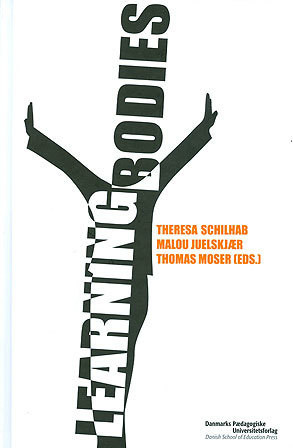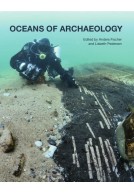Google Books previews are unavailable because you have chosen to turn off third party cookies for enhanced content. Visit our cookies page to review your cookie settings.
Learning Bodies (Hardback)
Imprint: Aarhus University Press
Pages: 320
ISBN: 9788776842178
Published: 1st December 2008
Script Academic & Professional
Pages: 320
ISBN: 9788776842178
Published: 1st December 2008
Script Academic & Professional
You'll be £29.95 closer to your next £10.00 credit when you purchase Learning Bodies. What's this?
+£4.99 UK Delivery or free UK delivery if order is over £40
(click here for international delivery rates)
Order within the next 8 hours, 40 minutes to get your order processed the next working day!
Need a currency converter? Check XE.com for live rates
(click here for international delivery rates)
Order within the next 8 hours, 40 minutes to get your order processed the next working day!
Need a currency converter? Check XE.com for live rates
Is the body a mere container of learning processes? Or can we, in a productive way, develop an approach to learning that includes learning as a bodily phenomenon? The authors all work with the development or refinement of theories of 'learning bodies', and in this anthology they present the state of the art to anybody with an interest in current scientific discussions about the interplay between body, movement and learning. A full understanding of learning in all its complexity requires that the body is taken into account - regardless of whether we are dealing with the neurological foundations of learning processes, skill acquisition, mental health and illness, aesthetics or the physical setting where the learning takes place. Body, movement and senses (in short: corporeality), provide the necessary experiences for change and development in relation to life-long learning. This anthology presents a range of theoretical approaches to learning; neuroscience, psychiatry, sociology, psychology, phenomenology and pedagogy. By presenting this range of approaches, the anthology raises a central question in the philosophy of science: the need for incorporation of different approaches to achieve further insights. The first section of the book, The learning body, concerns the learning process from a psychological, neuroscience and phenomenological point of view. In part two, The encultured body, gender and aesthetics will be analysed in relation to the body and the community of practice. The third section, The educated body, sheds light on various aspects of the body in educational contexts and different body-related conditions for learning. The anthology is of particular interest to researchers and students of education, development and psychology, and to those interested in body and movement, both biomedical and the relation to social science and the humanities.
Other titles in Aarhus University Press...













